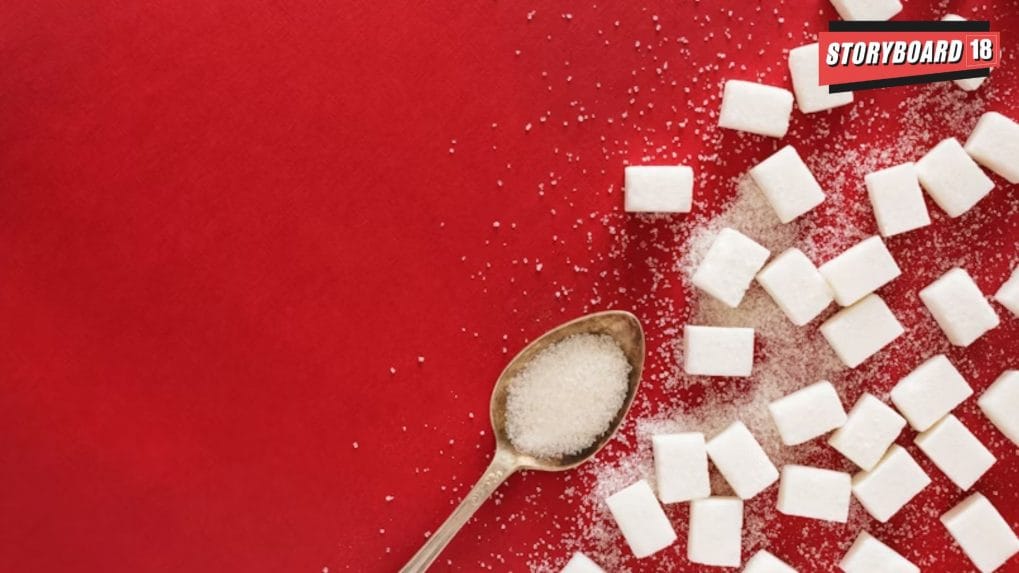Agency News
'Why buy a network that even Dentsu couldn’t fix?': Inside the gamble of Dentsu's international arm sale

Institutional sugar consumption in India — which includes usage in non-alcoholic beverages, confectionery, bakery, biscuits, dairy, cream, and other processed foods — has increased by 10% over the past five years, according to a recent study by the Indian Sugar and Bioenergy Manufacturers Association (ISMA), cited in an ET Retail report.
The share of institutional sugar use has risen from 50–55% of total consumption in 2018–2019 to 60–65% in 2023–2024.
The study, which gathered insights from leading FMCG and food companies such as Mondelez, Nestlé, Britannia, Parle, Coca-Cola, and Amul, highlighted that the consumption of sugar-rich processed foods has increased among both mid-income urban consumers and rural populations, particularly as such products are seen as aspirational by rural youth.
Among affluent households (approximately 30 million), the report observed a moderate decline in refined sugar usage, accompanied by growth in the use of traditional sweeteners and alternative options. In contrast, the 205 million lower-income households currently show low adoption of branded sugar, though there is growing interest, especially for traditional sweeteners like jaggery (gur).
The 70 million mid-income households continue to consume high levels of refined sugar in daily diets, with slow adoption of alternative sweeteners. However, the study anticipates gradual growth in branded sugar usage and a shift in consumer preferences by 2030.
Institutional consumption trends among affluent Indians are increasingly shaped by health consciousness, with reduced intake of processed sugar and growing demand for low-sugar functional foods expected by the end of the decade. Meanwhile, mid-income families remain the primary drivers of growth in sugar-rich processed food consumption, the report added.
Today’s B2B marketers wear many hats: strategist, technologist, and storyteller.
Read MoreThe GCC's expansion is not limited to GIFT City. These centres are also accelerating in tier-2 locations such as Bhubaneshwar, Coimbatore, Kochi, and Chandigarh, where promising talent pools are attracting interest